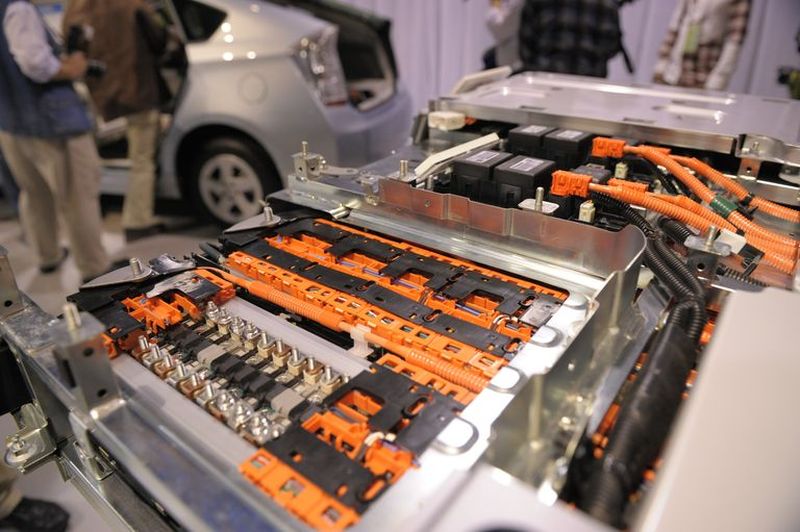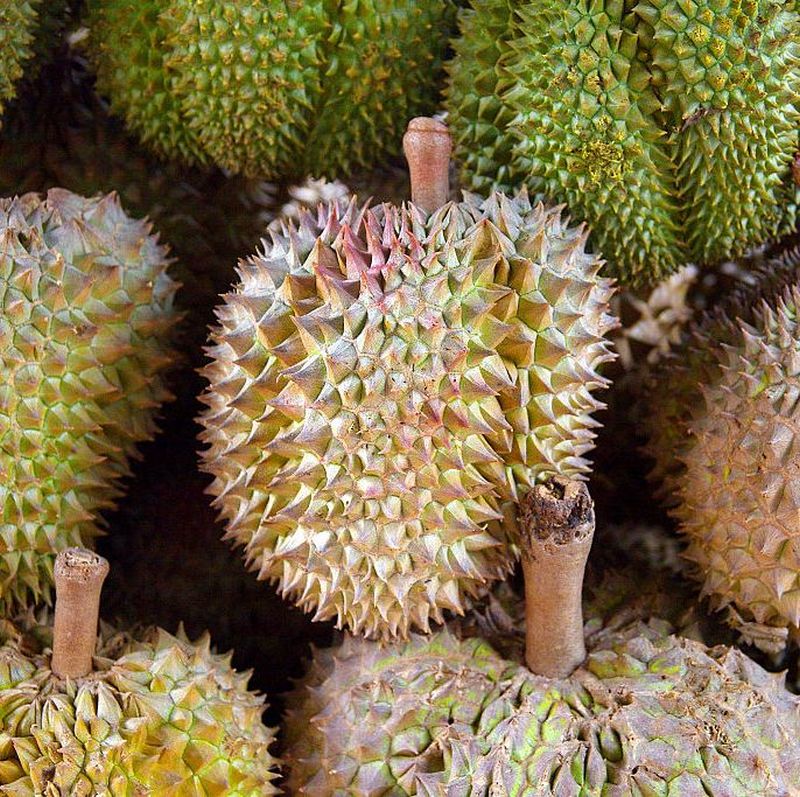The man in question who made the discovery is Vincent G. Gomes, an associate professor at the University of Sydney, who also recently published his work in the this month’s issue of Journal of Energy Storage. Obviously, the process requires more finesse than simply shoving a chunk of the fruit’s gooey and stinky flesh into a battery. Instead, Gomes found out that both him and his team are able to take the innards of the durian, synthesize them, and transform into supercapacitors. Capable of storing vast amounts of energy. As to why he chose durian, Gomes attributes his choice of fruit to its natural and “extraordinary solution” towards energy storage. He says that the durian’s structural precision of natural biomass “affords an outstanding resource as a template for the synthetic of carbon-based materials”. “The fibrous, fleshy portions of organic wastes with good mechanical stability were considered as candidate precursors compared to hard, dense ones. The waste fruit cores of durian and jackfruit were selected as candidates based on their structures and their prospect of intrinsic nitrogen doping,” Gomes wrote in his paper. Gomes’ choice of energy storage is also a sign of the times, as it is an environmental one; the world has slowly, but surely began shifting from the use of current lithium-ion (Li-ion) batteries to these new supercapacitors. One primary reason is that, unlike Li-ion batteries, Supercapacitors have larger metal plats inside and they don’t contain toxic metals. Much like the latter does. Moreover, supercapacitors – and capacitors, in general – can be recharged infinitely, although the former is designed to store more energy than the latter. Of course, it goes without saying that synthesizing energy from inexpensive organic waste like durian isn’t just cheap. It’s also good for the environment, as technically, nothing goes to waste. (Source: Popular Mechanics // Image: Jakarta Post)

